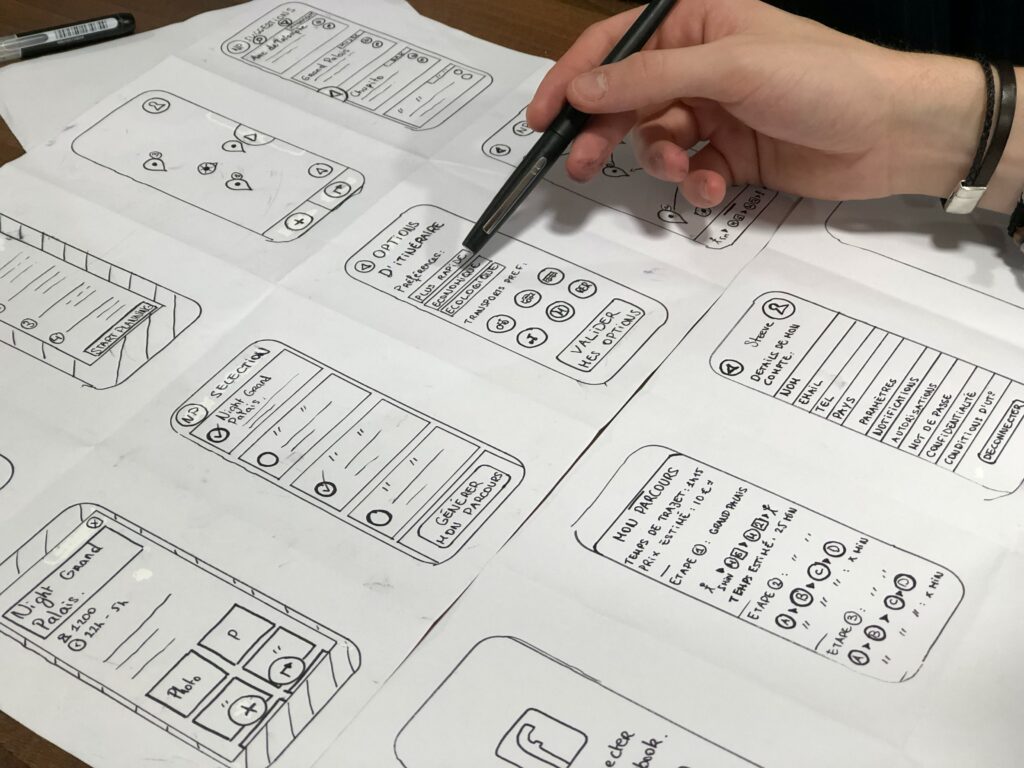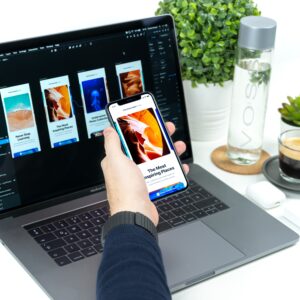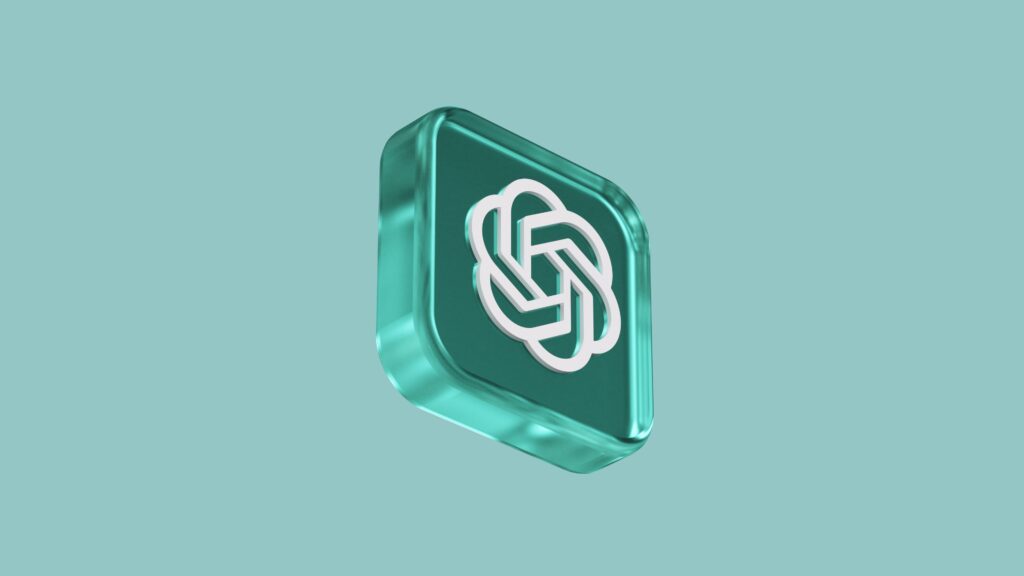Chat GPT for UX UI Designers. How to leverage chat gpt as a designers in 2023
As technology continues to advance, designers have more tools at their disposal to create engaging and personalized user experiences. One such tool that’s gaining popularity is Chat GPT, an AI-powered chatbot that can interact with users and provide helpful responses. In this blog post, we’ll explore how designers can leverage Chat GPT in 2023 to create more effective user experiences.
What is Chat GPT?
Chat GPT (Generative Pre-trained Transformer) is an AI-powered chatbot developed by OpenAI. It’s based on the GPT-3 architecture, which allows it to generate human-like responses to user inputs. Chat GPT can be trained on a wide variety of data, making it a versatile tool for a range of applications.
How can designers leverage Chat GPT?
- Personalized Recommendations
One of the key benefits of Chat GPT is its ability to provide personalized recommendations to users. By analyzing user data, Chat GPT can generate suggestions for products, services, or content that are tailored to each individual user. This can help designers create more engaging and relevant user experiences, which can lead to higher engagement and conversions.
For example, an e-commerce site could use Chat GPT to generate personalized product recommendations based on a user’s browsing history and purchase history. This can help users find products that they’re more likely to be interested in, which can lead to increased sales and customer satisfaction.

- Interactive User Experiences
Chat GPT can also be used to create interactive user experiences that engage users and keep them on your site or app for longer periods of time. By integrating Chat GPT into your design, you can create a conversational interface that feels more natural and engaging than traditional forms and menus.
For example, a travel booking site could use Chat GPT to allow users to search for flights and hotels by asking natural language questions, such as “Where can I find a cheap flight to New York?” This can make the user experience feel more personalized and conversational, which can lead to higher engagement and conversions.
- Customer Support
Chat GPT can also be used to provide customer support to users. By integrating Chat GPT into your support system, you can provide quick and accurate responses to user inquiries, which can help improve customer satisfaction and loyalty.
For example, a software company could use Chat GPT to provide technical support to users. Users could ask questions about software features or report issues, and Chat GPT could provide helpful responses and guidance on how to resolve the issue.
- Automated Testing
Chat GPT can also be used to automate testing of user interfaces. By using Chat GPT to simulate user inputs, designers can quickly test how their design responds to different scenarios and identify potential issues before they go live.
For example, a banking app could use Chat GPT to simulate user inputs, such as transferring funds or checking account balances. By testing these scenarios with Chat GPT, designers can identify any issues or bugs in the user interface and make necessary adjustments before the app is released to the public.

Conclusion
Chat GPT is a powerful tool that can help designers create more engaging and personalized user experiences. By leveraging Chat GPT’s ability to provide personalized recommendations, create interactive user experiences, provide customer support, and automate testing, designers can create more effective user experiences that drive engagement and conversions. As technology continues to advance, we can expect Chat GPT to become an increasingly important tool for designers in 2023 and beyond.
